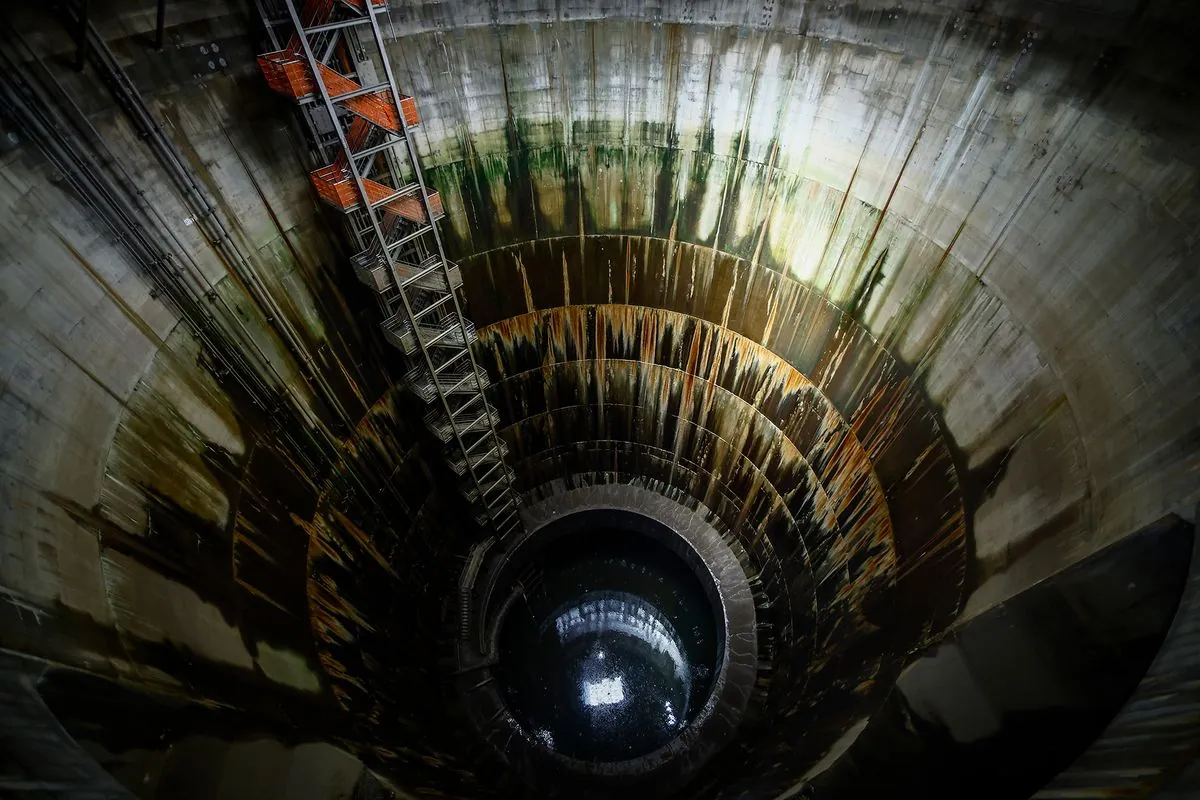Due to climate change, Tokyo is expanding a huge complex of underground tanks for collecting rainwater
Kyiv • UNN
Tokyo is modernizing its system of underground tunnels to collect rainwater due to increased precipitation. The $1.63 billion project prevents flooding, but needs to be expanded due to the increase in extreme precipitation.

Tokyo is expanding an extensive network of underground tunnels and a huge main reservoir called the "cathedral". The designed system of collectors can receive water when there is up to 75 mm of precipitation. However, during storms, rainfall is increasingly reaching 100 mm and the system is not performing its functions. UNN writes about this with reference to Reuters.
Details
In the north of Tokyo, a system of an extensive network of tunnels officially called the Metropolitan Area Underground Discharge Canal has been built to collect rainwater during heavy rains. This prevents the city from flooding. But as global warming causes more severe weather conditions, the authorities have to seriously modernize the system.
With rising temperatures, the amount of water vapor in the atmosphere increases, leading to relatively more precipitation. We expect to see unprecedented amounts of rainfall in the future as temperatures rise
The tunnels took 13 years to build and cost $1.63 billion. According to the Ministry of Land Resources, since its commissioning in 2006, it has already prevented significant flood damage.

In addition to its engineering function, the complex is a popular tourist attraction and movie location. Inside are 59 massive 18-meter columns weighing more than 500 tons each. When the nearby rivers flood, the water passes through 6.3 km of massive underground tunnels before being collected in a reservoir.
In June, the system was activated four times, more than in the entire last year. During Typhoon Shanshan , it safely pumped water into the Edogawa River and the sea.
Compared to previous years, there is a tendency for large amounts of rain to fall at the same time. If this complex did not exist, the water level in the main Nakagawa River and its tributaries could rise much higher, leading to flooding of homes and even loss of life
However, the system was unable to stop the flooding of more than 4,000 homes in the river basin as a result of severe typhoons in June 2023. These floods prompted the authorities to launch a seven-year, 37.3 billion yen project to strengthen dams and drainage in the area.
And closer to the center of Tokyo, another major project is underway to connect the canals that receive water overflows from the Shirako and Kanda rivers. When completed in 2027, it will divert floodwaters to a depth of about 13 km underground to Tokyo Bay.
Tokyo's sewer network is designed to handle rainfall of up to 75 mm per hour, but localized storms of up to 100 mm are becoming more common, overwhelming the system, says Shun Otomo, the project's construction site manager.
Recall
In September , record rainfall caused flooding and landslides in Ishikawa Prefecture in Japan. 6 people died, 10 went missing, more than 40,000 were evacuated, and the region is still recovering from the January earthquake.